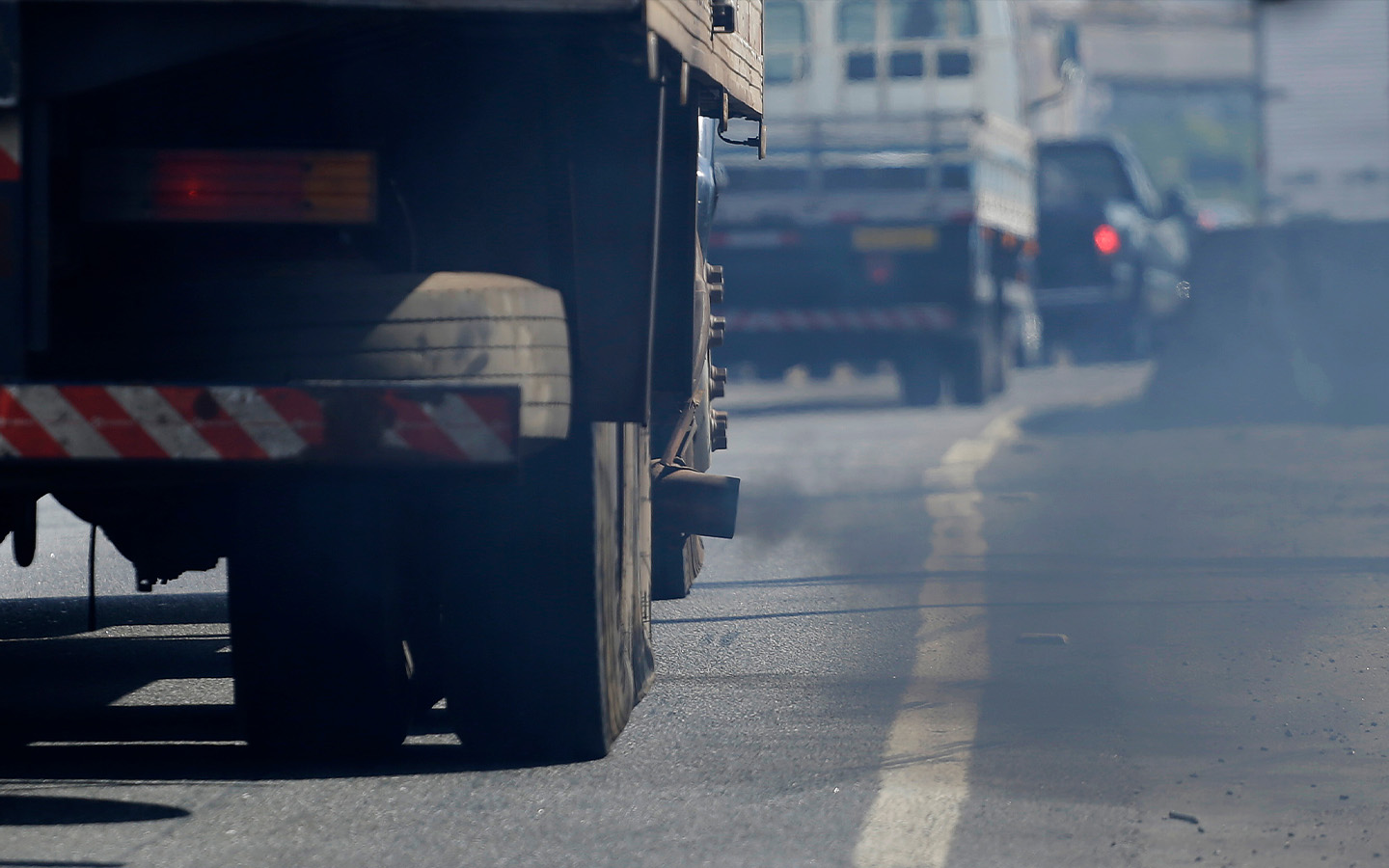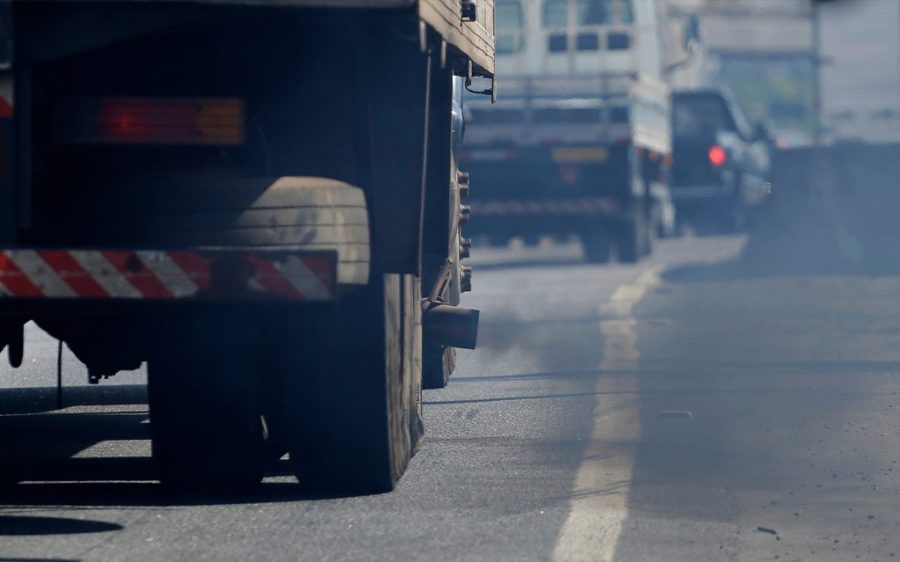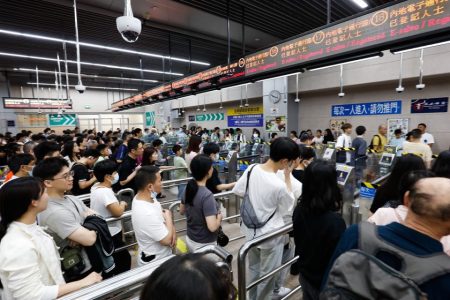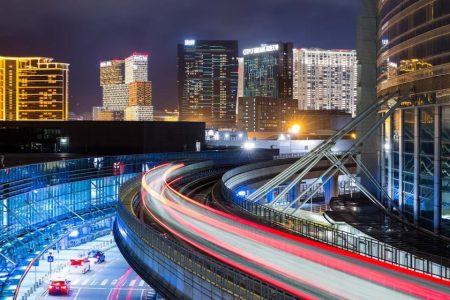The SAR government is hoping to further reduce Macao’s carbon footprint by setting more stringent emission requirements for motorcycles and diesel vehicles, which will take effect starting from 1 July.
According to a statement by the Environmental Protection Bureau, the city’s vehicle exhaust emission regulations, which date back to 2016, have been revised in order to match China’s dual carbon targets, as well as to improve Macao’s air quality.
Under the changes, the carbon dioxide level for motorcycles registered after 1 July 2009 has been lowered from 3 percent to 2.5 percent. Similarly, the permissible smoke content from diesel vehicles has been cut from 35 Hartridge Smoke Units (HSU) to 30 HSUs, according to a Chief Executive executive order published yesterday.
[See more: Greenhouse gas emissions in Macao soar by almost 20 percent]
The Macao government revealed its decarbonisation strategy late last year, aiming for the city to reach near-zero emissions before 2050.
As part of its efforts, the government has tried to encourage the use of electric motorcycles through financial subsidy programmes and by increasing the number of charging stations in public car parks. Rather than incinerating the city’s waste, the authorities are also looking to boost recycling through the establishment of more “Eco Fun” stations and an organic recycling centre. Despite this, the latest Environmental Protection Bureau report indicates that the greenhouse gas emissions in 2023 grew by almost 20 percent.
Climate change remains a pressing issue for the SAR, which has been adversely impacted by warmer temperatures, as well as an increased number of typhoons and extreme weather events, in recent years.






